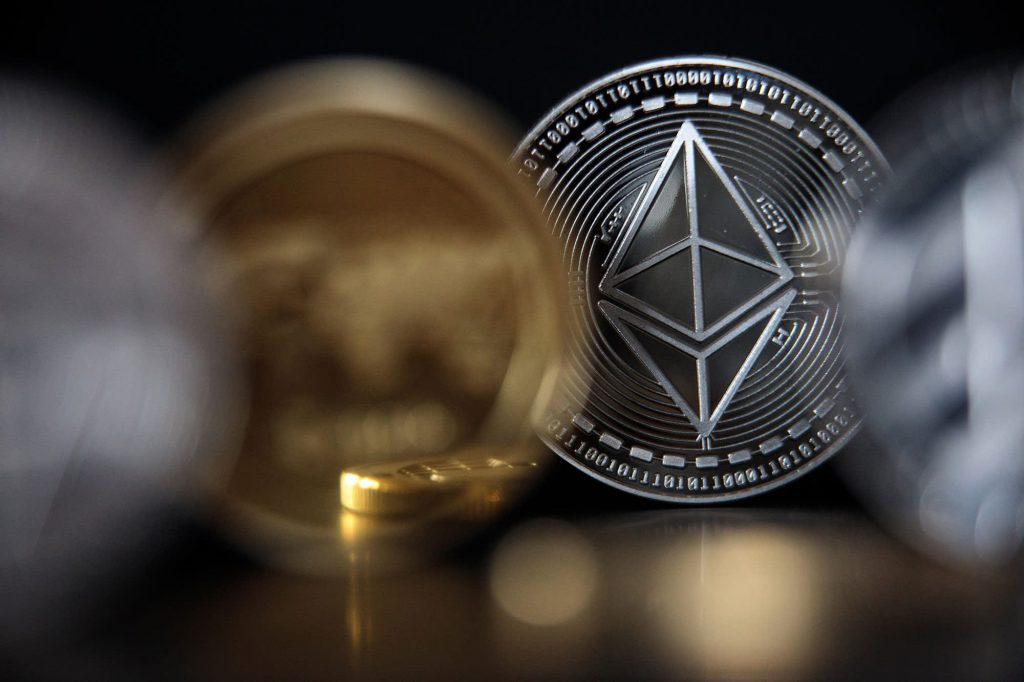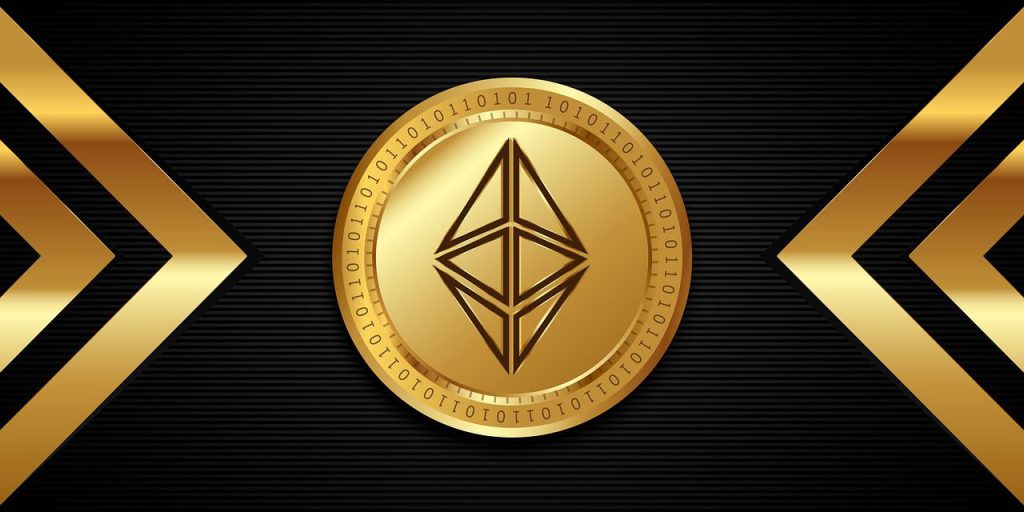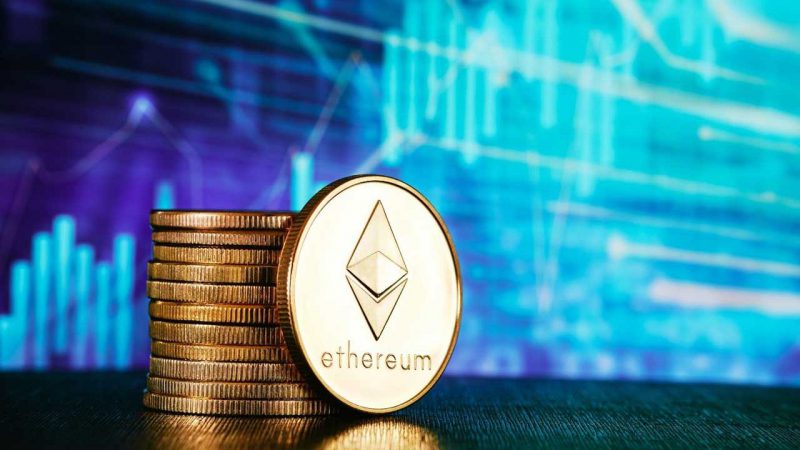Through infrastructure changes, Ethereum 2.0, also known as ETH2, aims to increase the scalability and security of the Ethereum network. Notably, the consensus process will change from a proof-of-work (PoW) to a proof-of-stake (PoS) one.
Over $13 billion worth of ETH has been staked on the Ethereum 2.0 network as per the data till July 2022. As a staker, you will be in charge of maintaining data, processing transactions, and adding new blocks to the blockchain as a validator. This will maintain Ethereum’s security for everyone and reward you with new ETH. Here is what you need to know about Staking, and how to start staking Ethereum yourself.


What is Ethereum Staking?
As the Ethereum network transitions to proof-of-stake from proof-of-work consensus, the network will ditch miners with validators.
Users have to stake their ETH in order to join the network as a validator. To ensure that all nodes can agree on the state of the network, validators, like miners in proof-of-work, are in charge of organizing transactions and creating new blocks.
Validators, also referred to as stakers, are in charge of processing transactions, archiving data, and adding new blocks to Ethereum’s new Beacon Chain consensus model.
With the merge set to go live between Sep. 15 and 20, users are staking their ether and getting ready for the transition.


How to stake your ETH?
Ethereum staking involves different methods. If you have 32 ETH to join as a validator who will be in charge of validating transactions, you can follow the official staking guide from Ethereum.
If you are someone who can’t stake 32 ETH, you can join an ETH staking pool. To explain, Staking pools initiate the validation process and do not necessitate 32 ETH to participate. These pools will charge a fee to use their facilities. These pools are ran by many cryptocurrency exchanges, including Kraken, Coinbase, and Binance.
As the merge is yet to happen, ETH withdrawals and staking reward withdrawals will be paused for some time. This is to ensure that the merge runs successfully and that there are no critical errors.





